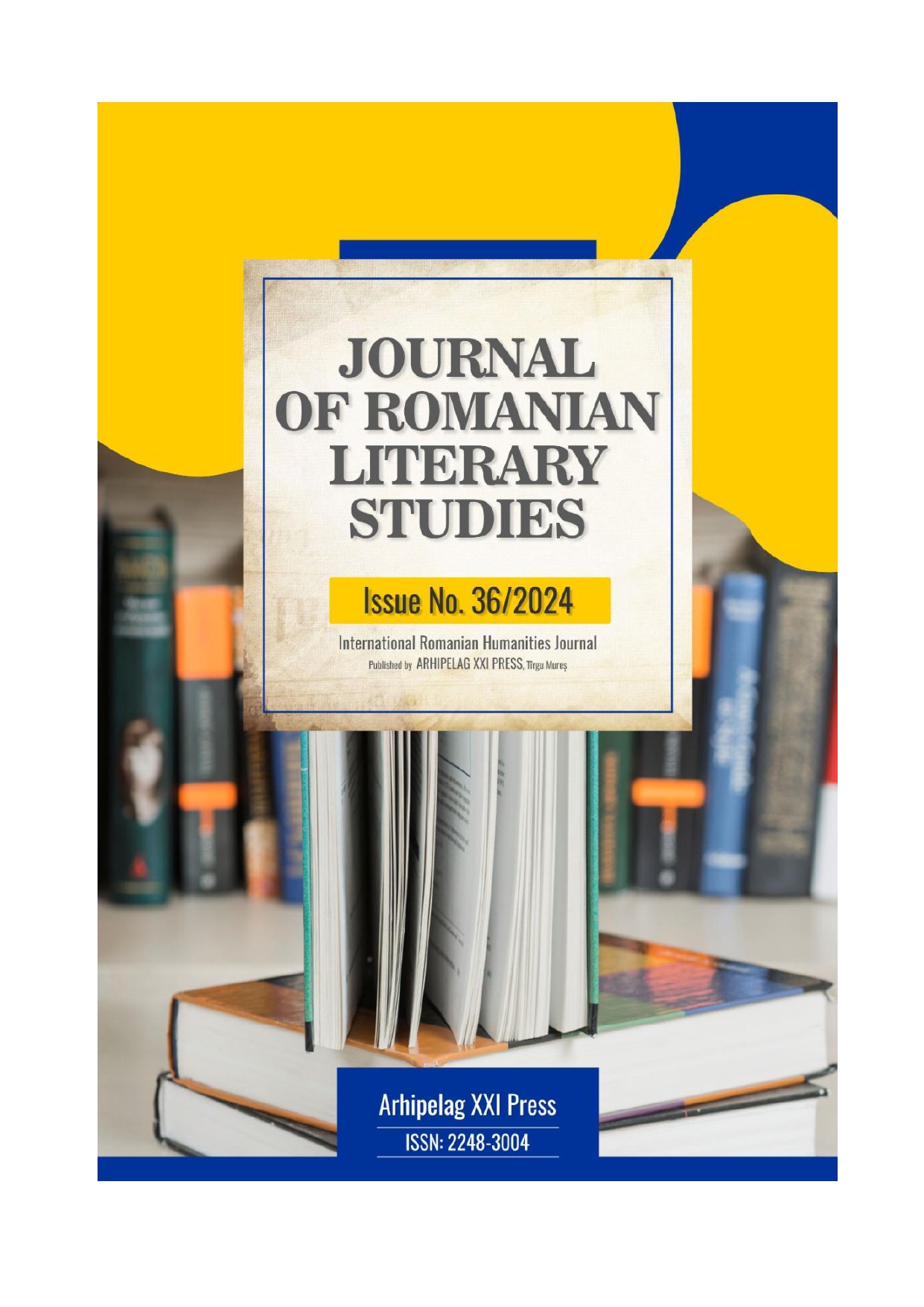ASPECTS OF THE POLITICAL ORGANISATION OF THE HUNGARIAN CONFEDERATION IN THE 9TH-10TH CENTURIES REFLECTED IN LITERARY SOURCES
ASPECTS OF THE POLITICAL ORGANISATION OF THE HUNGARIAN CONFEDERATION IN THE 9TH-10TH CENTURIES REFLECTED IN LITERARY SOURCES
Author(s): Ştefan Lifa, Alexandru FodorSubject(s): Cultural history, Ethnohistory, History of ideas, Political history, Social history, 6th to 12th Centuries, Migration Studies
Published by: Editura Arhipelag XXI
Keywords: Levedias; Arpad; Kurszán; kende; gyula; harka; Hungarian tribal confederation;
Summary/Abstract: The emancipation from the tutelage of the Khazar khaganate catalysed the consolidation of a centralised form of leadership within the Hungarian tribal confederation. The Hungarians adopted the concept of two-headed leadership from the Khazars, with leaders performing different functions. The strategic needs arising from the frequent raids carried out in the West and the constant Pecheneg threat in the East made them adapt the system to a three-headed formula with a kende, gyula and harka. This structure merges the Khazar concept of division of roles with the classical principle of division of power on the basis of territorial distribution. The article aims to analyse the political organisation of the Hungarian confederation in the period before the conversion of Vaik/Stephen to Christianity based on information from the sources. The genesis and evolution of the kende and gyula positions starting from the time of Levedias are analysed. A greater emphasis is given to the episode featuring Levedias in the foreground (as reported by Constantine Porphyrogenitus), as well as to the controversy regarding the positions held by Arpad and Kurszán. In this last matter, the study agrees with those that believe Arpad to have been kende and Kurszán gyula.
Journal: Journal of Romanian Literary Studies
- Issue Year: 2024
- Issue No: 36
- Page Range: 303-314
- Page Count: 12
- Language: Romanian

